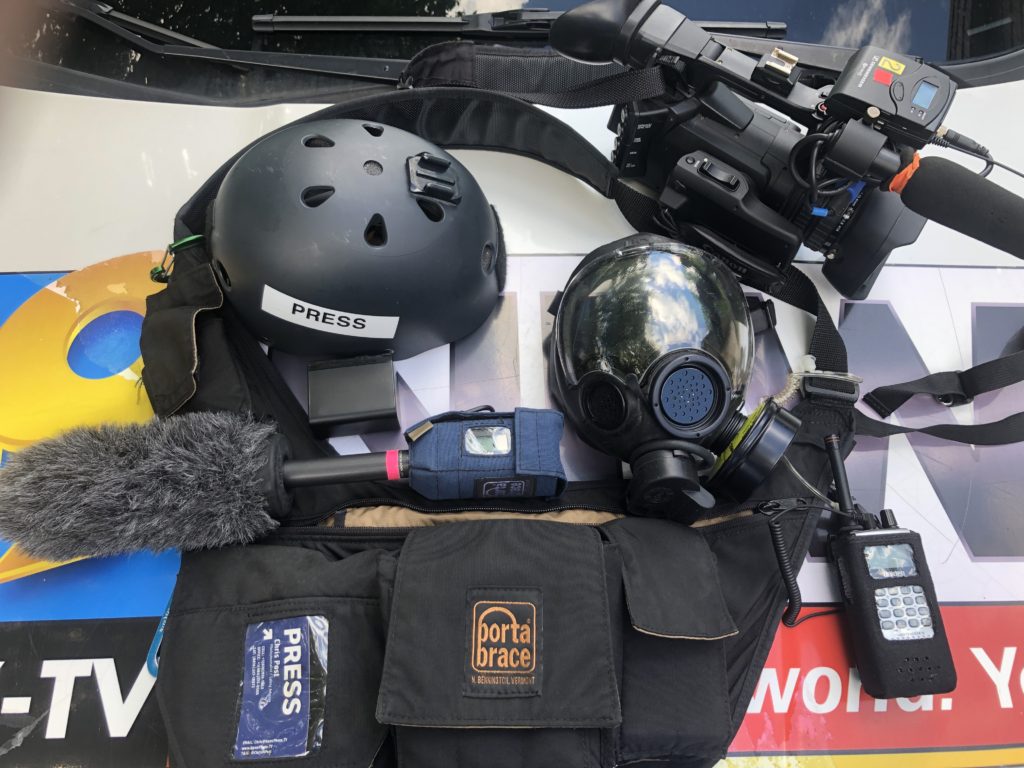
News Safety Update: Let’s talk gear! If you are going to be covering any kind of civil disobedience you will need protect yourself / your team (I’m looking at you newsroom mgrs) from potentially life threatening hazards to our peers.
Realizing that we are a very short time from some major planned events that are ripe for civil unrest, obtaining these items could be difficult. I’m gonna focus on function and practicality. You need to have at a minimum head, respiratory and eye protection.
A ballistic vest is a nice thing to have BUT they can be hard to come by. Vests should be individual items and ordered based on a persons unique measurements. Also realizing the threat levels for the event you may be covering. If it’s a NSSE, the chances of someone sneaking In a rifle VS a handgun.. rifle hard, handgun / knife easy! Handgun protection, a vest of NIJ level 3 should be sufficient. You can also easily hide that soft vest under clothing. Don’t look all tactical! The best place to hide something is in plain view. When you dress, looking like one side or the other is dangerous, really a bad idea! Don’t look like a enemy, or the enemy of the enemy, you could be confused for an opposition actor and targeted.
I’m a huge fan of BulletProofMe.com they are based in Austin, Tx. Nick gives fantastic service, reach out to him with any special requests, tell him you are a journalist!
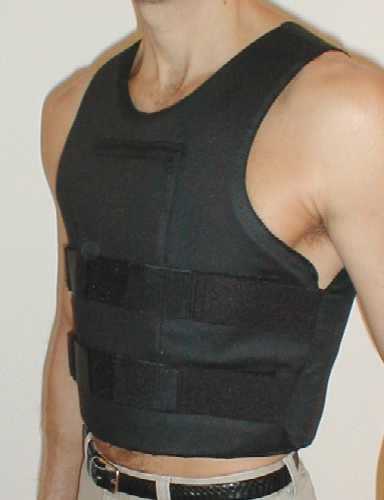
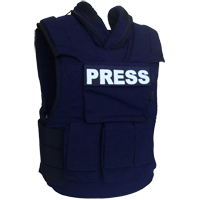
Next bit of advice is eye protection. You will want impact rated eye protection OR make sure the lens / face shield of a respirator you will use is rated to a minimum of ANSI z87+ If you are using anything else, you run the risk of the lenses shattering on impact. I’m really fond of a configuration available at most Lowe’s or Home Depot, it’s a protective eyewear product by Dewalt that changes from sunglasses to goggles when you remove the arms. clip and go design and run about 20$ or less. Dewalt DPG83-11 part number on Amazon.


Next is head protection. I have all sorts of helmets but what I find most useful is a simple skateboard helmet. I like the ProTec brand or the similar knock offs available on Amazon. Get a color that doesn’t look like any of the opposition groups! These fit with goggles or mask. I’m also a huge fan of bump cap inserts. These are thin, hard shell liners with some foam that go inside your favorite baseball cap. This gives a minor level of protection from bumps. If you got hit with a thrown bottle, it would still hurt but protect you from splitting open. Ballistic helmets are sometimes an option, sometimes. They are heavy, bulky and won’t necessarily stop all calibers of bullets. Way more realistic is taking a bottle to your noggin vs gunfire.
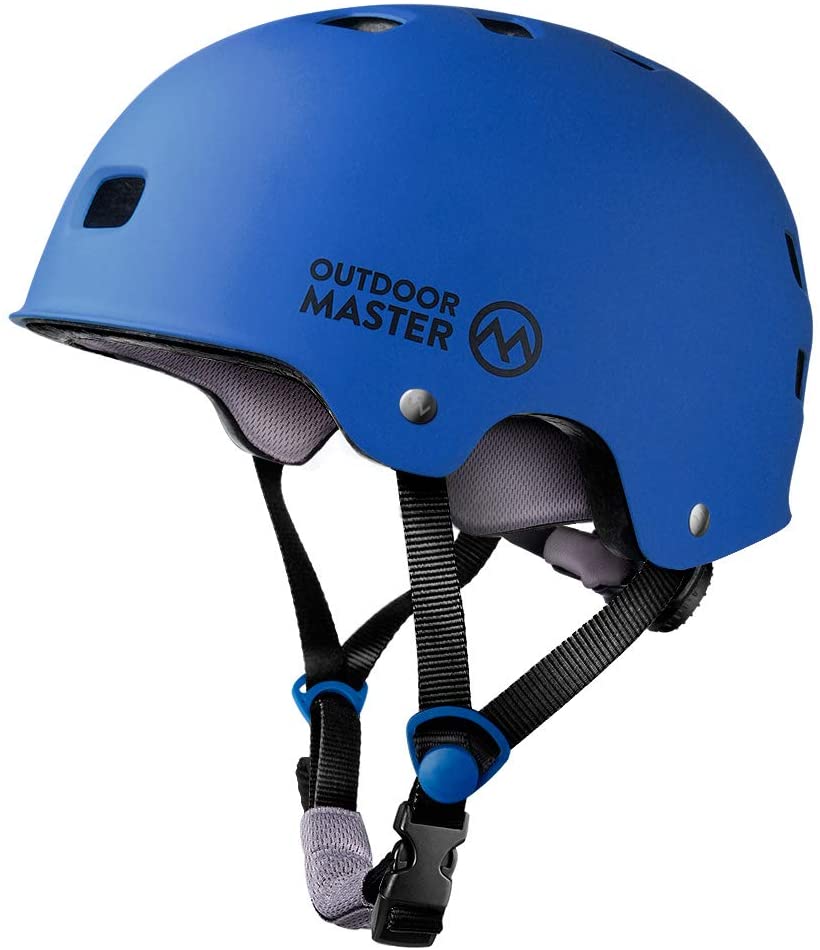
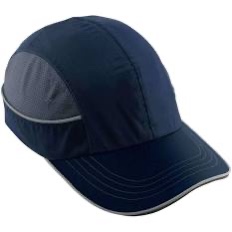
Lastly a gas mask is handy to have. If your employer is giving you a mask, OSHA requires fit-testing to make sure they give you the right size. Also you will need a cartridge for the mask that filters “crowd control agents” that means CS / CN and are usually P100 rated. Look for the universal, across all manufacturers, the Olive and Magenta color markings on these specific canisters. Sometimes referred to as riot canisters or crowd control canisters. CBRN canisters will work but cost more and are bulky.

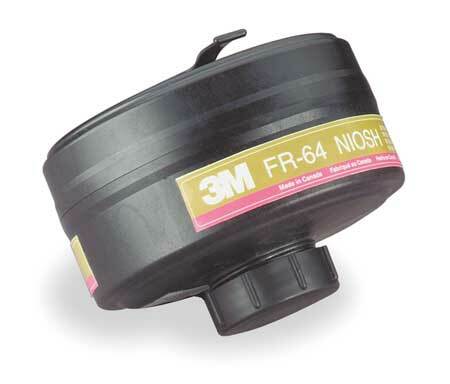
Almost done.. keep reading! You should also have a small first aid kit. Minimum contents are a CAT tourniquet, Israeli bandage and some gloves. These are major items to correct life threatening hemorrhage, not comfort boo-boo care. If you have these items on you, let your teammates know where they are carried in your bag or pocket. They may need to use it on you!
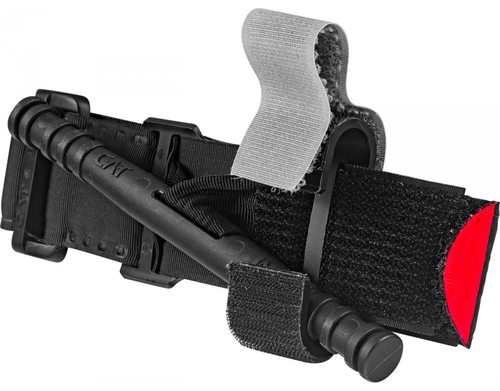
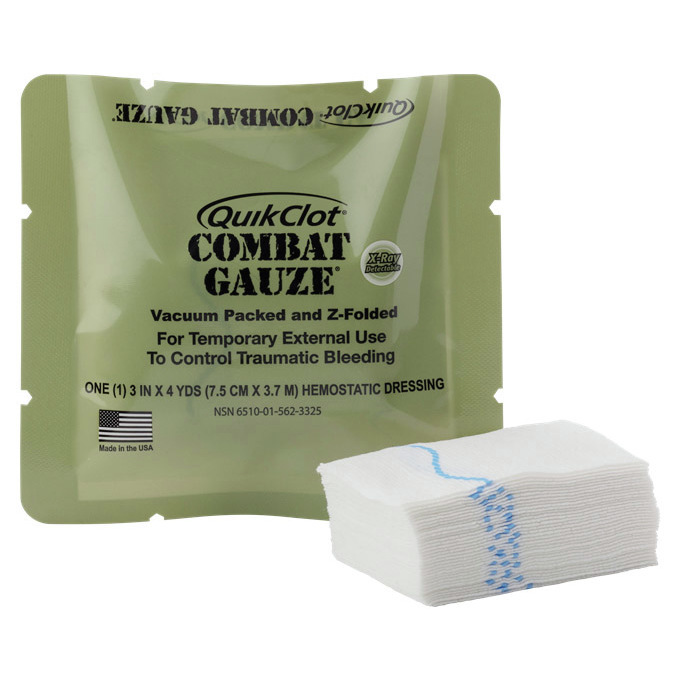
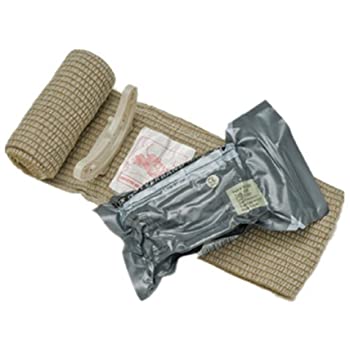
Also great videos on YouTube how to use a CAT tourniquet and Israeli bandage. I use a pouch like this to store my supplies. When you can, take a @StopTheBleed course or a basic first aid class to learn more. That’s about it for now. Follow me for more safety tips and updates.
Lastly, learn how to use all this gear! Take it home and play with it, practice putting it on in a dark room, then with your eyes closed! Become very familiar with the gear that might just save your life.
Drill using your gear! If you keep the PPE in a backpack like I do, you should be able to get to a safe area, drop to your knees, get the supplies out, don your mask first, pull it tight, and then put your helmet, secure the chin strap in 60 seconds or less. Practice it!
Check out my Amazon list of all my favorite PPE and field gear!

